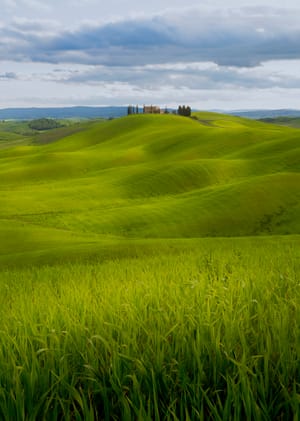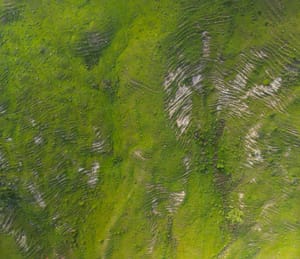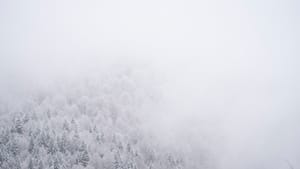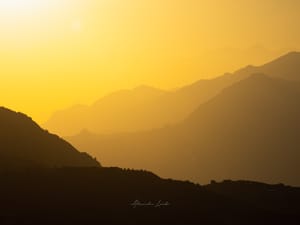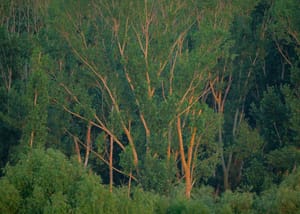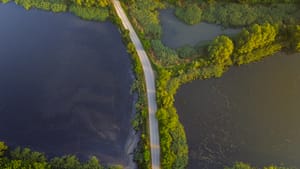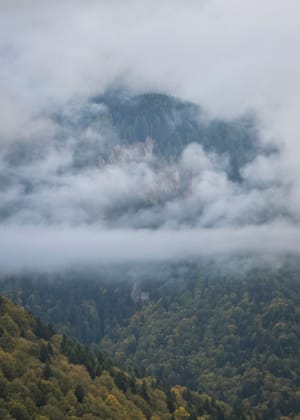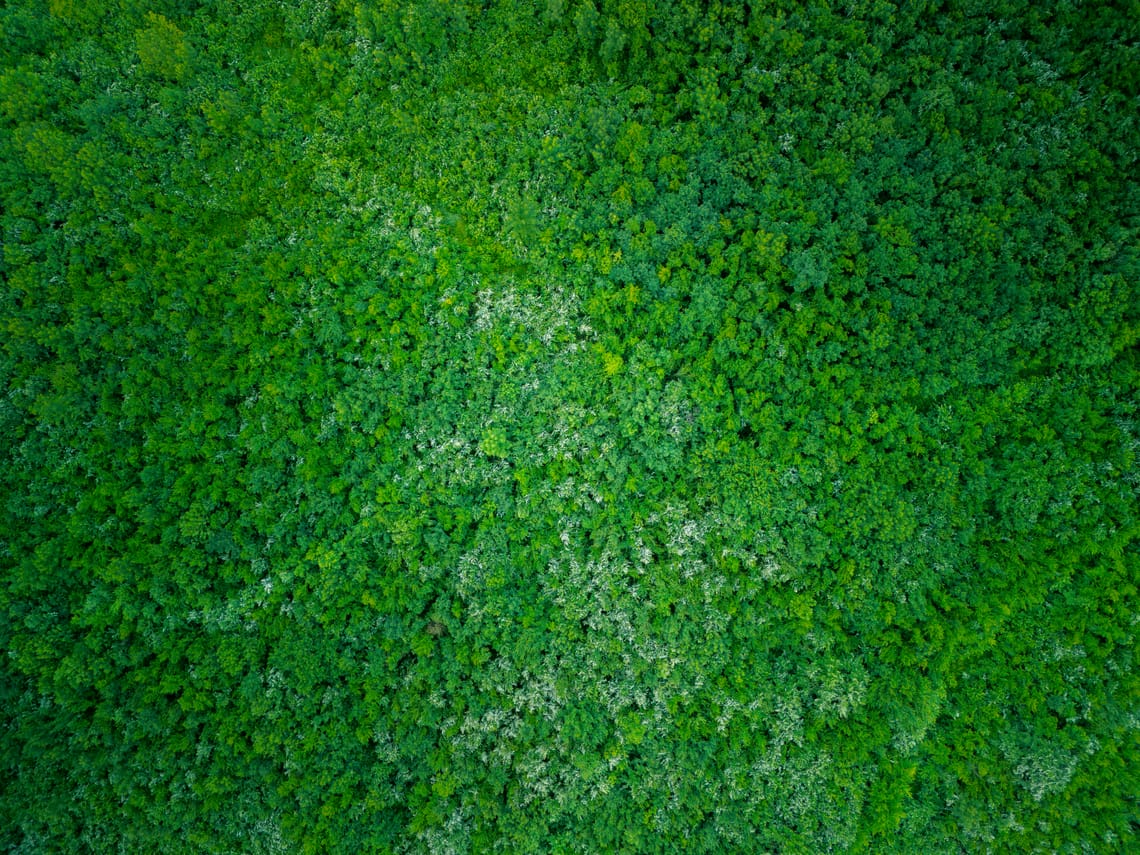
The Forest's Secret Language
I thought I was photographing a simple forest canopy until I climbed to 150 meters altitude. What appeared as solid green wilderness from ground level suddenly revealed itself as an intricate manuscript—written in pathways, clearings, and the subtle typography of different tree species.
These aren't random trails. Each line tells a story spanning decades, sometimes centuries. Animal corridors established by generations of deer, wild boar, and brown bears. Ancient human paths connecting villages that no longer exist. Logging roads slowly being reclaimed by patient vegetation.
The thinner lines creating the intricate web are animal highways. Deer paths connecting feeding areas to water sources. Wild boar routes linking oak groves where they forage for acorns. Bear corridors following ridge lines between territories. Each species writes its signature across the landscape through repetitive use over generations.
From the air, you can understand how animals think about space. The paths aren't random—they're optimized networks connecting essential resources. Water sources, feeding areas, den sites, territorial boundaries, seasonal migration routes—all connected by the most efficient possible pathways.
Watch for the pattern: major corridors branch into smaller trails, which subdivide into individual animal paths. It's exactly like a river system in reverse—instead of water flowing together, it's wildlife dispersing across available habitat. The forest becomes a transportation grid supporting hundreds of species.
From above, it becomes clear that wilderness isn't the absence of infrastructure—it's infrastructure designed by entirely different principles, optimized for different values, created by intelligence distributed across species and centuries rather than concentrated in human planning departments.


